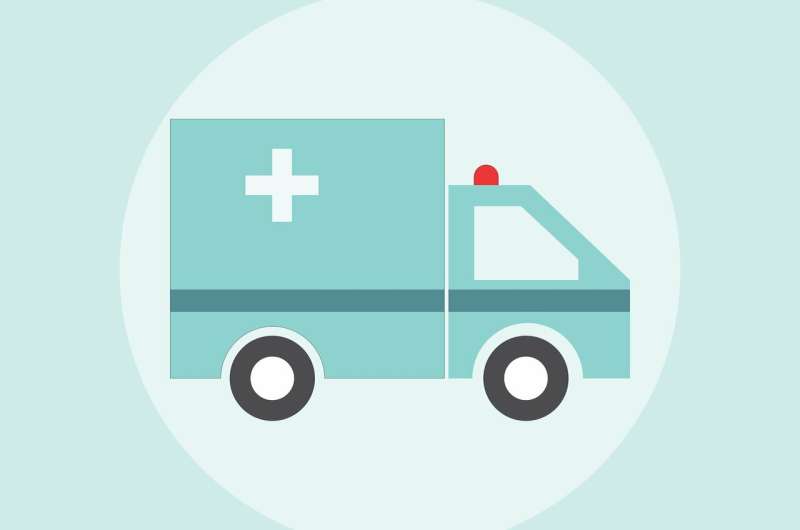Urgent care centers deter some emergency department visits, but costs remain high

While the emergency department (ED) functions as an integral part of the United States healthcare safety net by handling all medical complaints regardless of insurance status, ED visits are expensive, and many are for lower-acuity conditions that may be amenable to care in other settings. Previous research has suggested that greater availability of urgent care centers—freestanding facilities with extended hours that staff emergency physicians, primary care physicians, or nurse practitioners, and focus on a broad range of lower acuity complaints, like rash, muscle strain, bronchitis, and urinary tract infection—helps decrease ED visits, but whether the centers reduce or increase net spending for patients and insurers has yet to be determined.
A study published today in Health Affairs documents for the first time that urgent care centers are associated with increased spending for lower-acuity visits across EDs and urgent care centers. Urgent care centers increase the number of people seeking care. For every 37 urgent care visits, one fewer lower acuity ED visit occurs. Urgent care centers increase access, but pose risks for health insurers and patients who must pay these increased costs.
"Previous studies have used different approaches to show that urgent care centers reduce emergency department visits for lower acuity conditions," says senior author Ari Friedman, MD, Ph.D., an assistant professor of Emergency Medicine, Medical Ethics and Health Policy in the Perelman School of Medicine at the University of Pennsylvania. "Our findings confirm ED visits go down, but then show that total costs across both settings actually go up, not down."
Researchers conducted analyses using a claims database with more than twenty million patients per year covered by a national managed care plan from January 1, 2008, to December 31, 2019, spanning all fifty states. They assessed how the number of lower acuity ED visits changed when an urgent care center visit occurred within each ZIP code.
Across the twelve years of the study period, researchers found that by 2019, the opening of an urgent care center led to a decline in the number of lower acuity ED visits, and that these ED visits were approximately ten times more expensive than urgent care center visits. Researchers found that the substitution ratio (the number of urgent care visits needed to deter a single ED visit) was high: an increase of 37 urgent care center visits was associated with the substitution of a single lower-acuity ED visit. While urgent care center visits are less expensive than ED visits, it's not enough to offset this difference. Each $1,646 lower-acuity ED visit prevented was offset by a $6,327 increase in urgent care center costs.
First author Bill Wang notes, "We expected urgent care centers to increase access and decrease emergency department visits, but we were surprised by just how many urgent care visits it took to substitute for a lower acuity ED visit."
Friedman points out that cost saving shouldn't be the only factor considered when determining where and how to access care. "We should evaluate new care models and interventions on the same standard as we evaluate new drugs—do they improve lives more than they increase costs? That's the important metric. But the cost increases here are so large that the value side of the equation would have to do a lot of work to make it pay off."
The authors note that the possibility remains that the availability of urgent care centers in a market, when combined with other interventions—like telemedicine, primary care, or changes to benefits—could be effective in augmenting the substitution ratio.
Beyond access, the clinical benefit of these additional visits to unscheduled care requires further research, as does the impact and role of telemedicine, says Friedman. "We're watching the field with interest."
More information: Health Affairs (2021). DOI: 10.1377/hlthaff.2020.01869




















